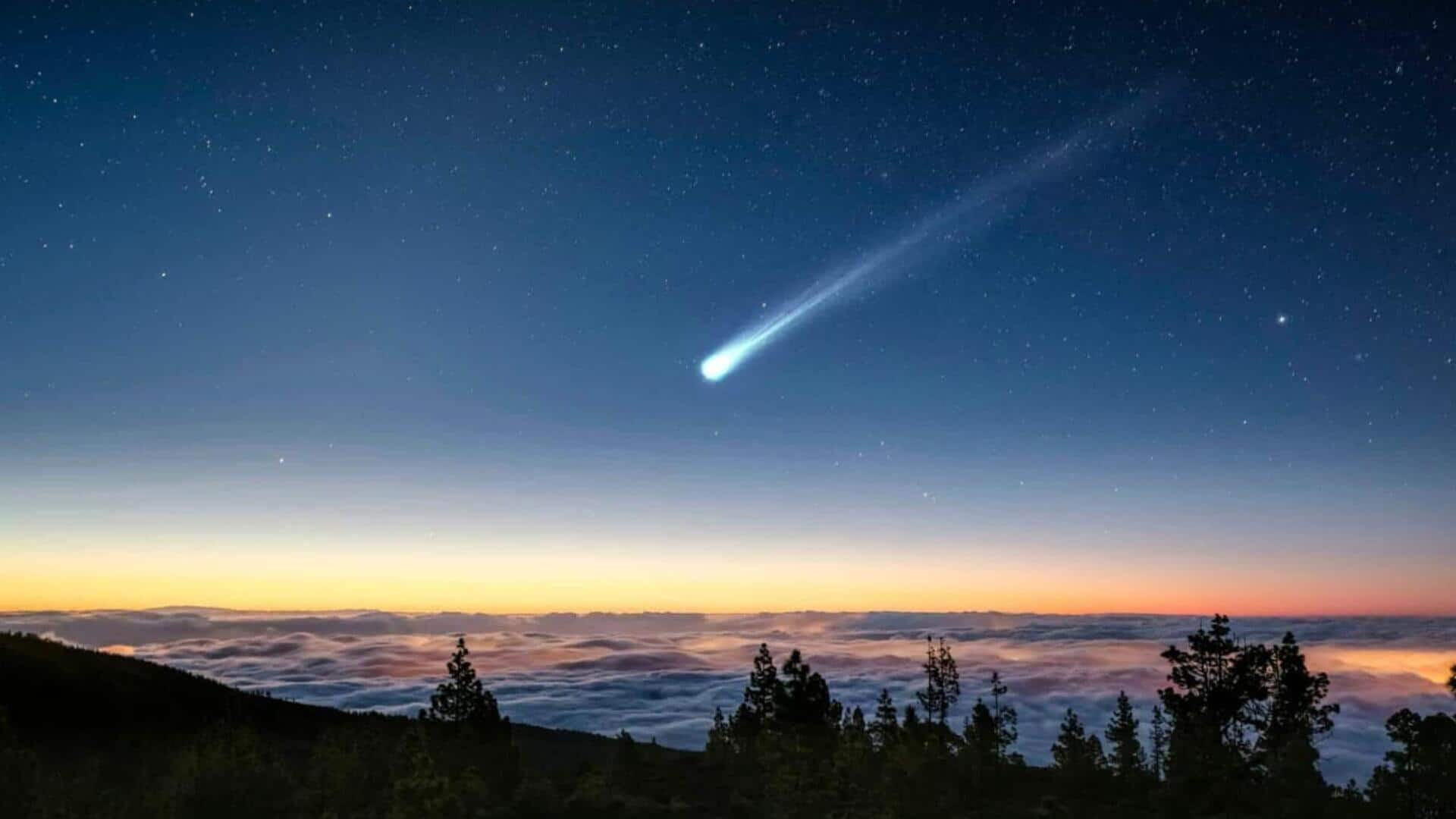Diamond Core Planet
One of the most intriguing planets discovered is 55 Cancri e, identified in 2004 and residing 41 light years away. This rocky planet endures extreme temperatures,
reaching approximately 2400 degrees Celsius—hot enough to melt iron. The intense atmospheric pressure has likely transformed some of its carbon into a diamond core. This alien world showcases the dramatic conditions that can exist in the cosmos. This highlights the different phases matter can undergo in space.
Glass Rain Planet
The planet HD 189733 b, located 64 light years away and discovered in 2005, presents another extraordinary feature. Its striking cobalt hue is not due to its similarity with Earth, but is derived from an atmosphere that turns the silica present in the air into glass. This results in clouds full of glass shards and a rain of glass, constantly driven by fierce winds. This showcases the diverse ways a planet’s composition and atmosphere can be expressed.
Planet of Darkness
TrES-2b, spotted in 2006, is remarkably dark, reflecting less light than coal. Its high temperature, around 1200 degrees Celsius, prevents cloud formation and causes its atmosphere to be filled with light-absorbing chemicals like vaporized potassium and sodium. While Earth reflects approximately 37% of sunlight and Jupiter about 52%, TrES-2b reflects less than 1%. The planet is known as the planet of eternal night.
Star Devourer
The planet WASP-12 b, discovered in 2008, is being consumed by its star, WASP-12. It orbits so closely that it's being torn apart by gravitational forces. The immense pressure creates a comet-like tail and distorts its shape, making it slightly egg-like. This gives scientists a glimpse of what happens when planets are in close proximity to stars.
Cotton Candy World
WASP-193 b, discovered in 2023 and situated 1,181 light years from Earth, presents a surprising characteristic: incredibly low density. Its density is so low that it's been nicknamed the 'cotton-candy planet'. It is about 50% larger than Jupiter but has only 13% of Jupiter's mass. This low density is a huge contrast to a gas giant such as Jupiter, and makes it a remarkable planet.
Ancient Methuselah
PSR B1620−26 b, nicknamed Methuselah, is one of the oldest planets ever discovered. Formed about 12 billion years ago, it orbits two burnt-out stars. Its age presents a remarkable contrast to the formation of the Earth, which occurred just over 4.5 billion years ago. The discovery highlights the long, extended periods of existence.
Hot Ice World
Gliese 436b, 32 light years from Earth, showcases a unique phenomenon: a surface made of ice despite temperatures hovering around 500 degrees Celsius. The ice remains solid due to the extremely high atmospheric pressure. The material, known as Ice X, highlights the influence of pressure on the states of matter.
Naked Core Planet
TOI-849 b, discovered in 2020 and located 730 light years away, has been stripped of its atmosphere by the intense radiation from its star. All that remains is the naked core of a gas giant. This highlights the power of stellar radiation and its effect on planetary atmospheres.



